Author: Jordan Folks
Schlenkerla Helles is one of the world’s most famous smoked beers, yet oddly enough, smoked malt isn’t included on the grain bill. Rather, this delicious beer is purportedly fermented with yeast that was previously used to ferment a batch of Schlenkerla Rauchbier Märzen, a method that contributes a subtler smokiness than the more extreme character found in beers made with heftier portions of smoked malt.
Often viewed as a difficult style to brew well, Munich Helles is a notably clean and delicately flavored pale lager that strikes a beautiful balance between grainy-sweet malt and noble hop character. However, many brewers put a unique spin on this classic style by utilizing methods that impart light smoky notes without being too overwhelming. Whereas Rauchbier has its own BJCP category, Smoked Helles is included under the more general Classic Style Smoked Beer category, which they describe as:
A well-balanced fusion of the malt and hops of the base beer style with a pleasant and agreeable smoke character.
In my experience, smoked beers seem to be one of the more divisive styles – people tend to either love them or hate them. While I personally enjoy beers with assertive smoke character, I understand this isn’t universally shared. Intrigued by the process of reusing smoky yeast to create a smoked beer that might be more generally approachable, I decided to whip up a batch of Smoked Helles using yeast from a prior batch of Piwo Grodziskie as well as a bunch of less conventional methods.
| BREWING THE BEER |
I’ve brewed many batches of Helles over the years and relied on those as inspiration for this recipe, which relied on characterful German malts that were generally provided by F.H. Steinbart.
Short & Shoddy Smoked Helles
Recipe Details
| Batch Size | Boil Time | IBU | SRM | Est. OG | Est. FG | ABV |
|---|---|---|---|---|---|---|
| 5.5 gal | 30 min | 21 | 4 SRM | 1.045 | 1.011 | 4.46 % |
| Actuals | 1.045 | 1.011 | 4.46 % | |||
Fermentables
| Name | Amount | % |
|---|---|---|
| Pilsner | 11.5 lbs | 85.19 |
| Barke Vienna Malt | 1.5 lbs | 11.11 |
| Carahell | 8 oz | 3.7 |
Hops
| Name | Amount | Time | Use | Form | Alpha % |
|---|---|---|---|---|---|
| Hallertauer Mittelfrueh | 78 g | 30 min | Boil | Pellet | 3.7 |
Yeast
| Name | Lab | Attenuation | Temperature |
|---|---|---|---|
| Deiter (previously used for a Rauchbier) (G03) | Imperial Yeast | 75% | 60.1°F - 69.1°F |
Notes
| Water Profile: Ca 55 | Mg 4 | Na 10 | SO4 28 | Cl 72 |
Download
| Download this recipe's BeerXML file |
I began collecting the full volume of filtered water at 11:57 AM, and while the kettle was filling, I milled the grain.
Given the nature of this brew day, I forwent my typical step mash and went with a single infusion, checking to make sure it was at my target mash temperature once the grain was fully incorporated.
Once the 30 minute mash rest was complete, I lautered to my boil kettle and lit the flame on my burner, at which point I weighed out the single kettle hop addition.
During the boil, I grabbed a fermentation keg I’d recently transferred a Piwo Grodziski out of that still contained the smoky Imperial Yeast G03 Deiter yeast cake.
At the completion of the boil, I took a refractometer reading that showed the wort was at 1.045 OG, for a brewhouse efficiency of 49%.
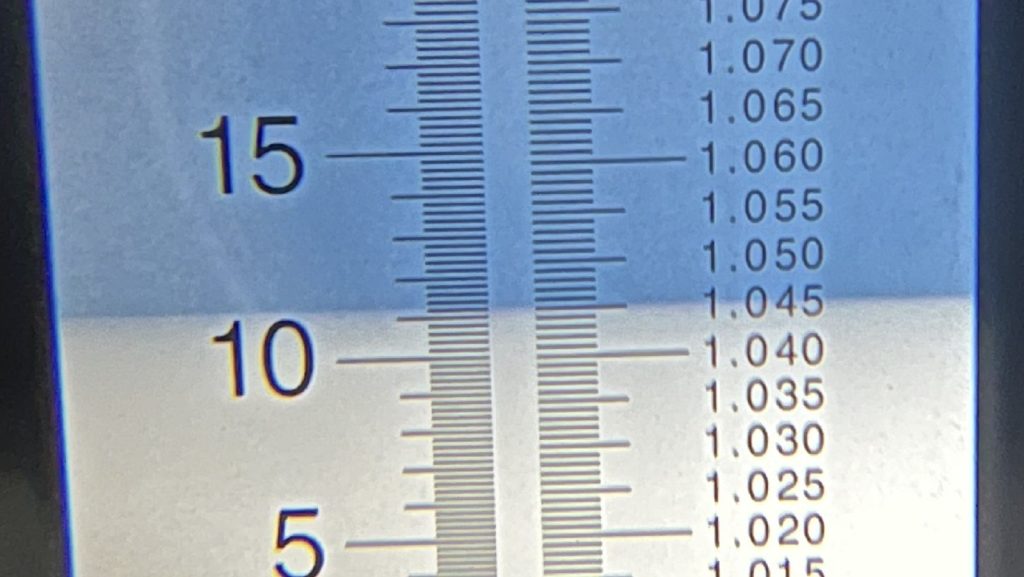
I ran the wort through a plate chiller during transfer to the fermentation keg. The time was 1:46 PM for a total brew day time of just 1 hour and 49 minutes.
After 2 weeks in my 64°F/18°C chamber, signs of activity were absent, so I took a hydrometer measurement showing the beer was done fermenting.
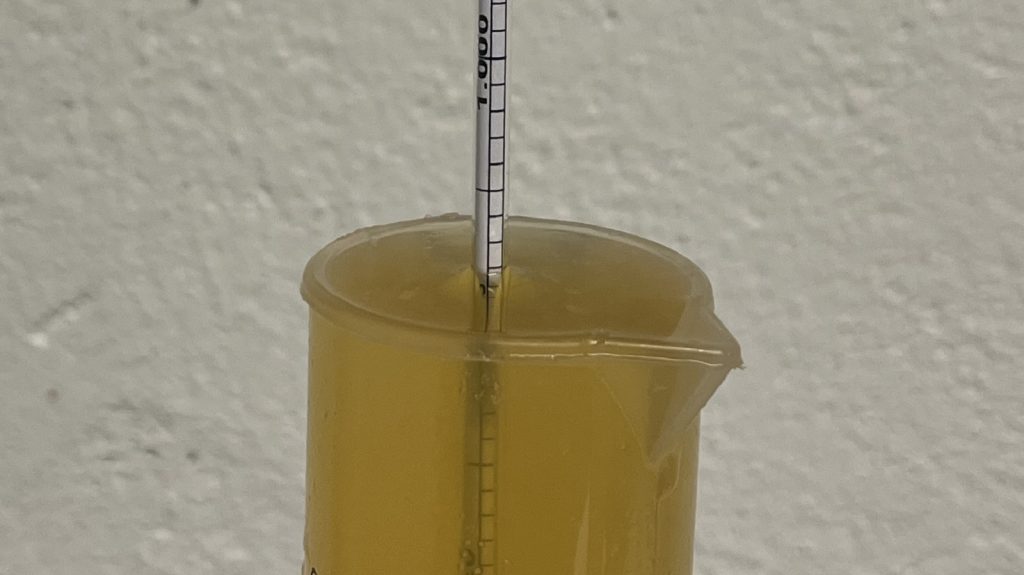
At this point, I pressure-transferred the beer to a serving keg, added gelatin fining, then placed the filled keg in my kegerator where it was burst carbonated at 45 psi for 12 hours before I reduced the gas to a serving pressure. After 12 days of cold conditioning, the beer was carbonated, clear, and ready to serve to tasters.
| RESULTS |
A total of 20 people of various levels of experience participated in this Short & Shoddy evaluation. Participants were informed of the specific beer style and provided the BJCP description prior to completing the survey. Tasters were then instructed to rate how hoppy, malty, and dry they perceived the beer to be on a 0-5 scale where a rating of 0 indicated “not at all” and 5 indicated “extremely.”
Tasters were provided a list of common hop, malt, and yeast characteristics then instructed to select from each the one they perceived as being most prominent in the beer.
Hop Characteristics
Malt Characteristics
Yeast Characteristics
Next, participants were asked to indicate whether or not they detected any off-flavors in the beer; those who did were provided a list of common off-flavors and instructed to select the ones they perceived as being strongest. One person identified a yeasty note; one person reported detecting acetaldehyde, grassy, oxidized, phenolic, solvent, and vegetal off-flavors; one person perceived diacetyl, metallic, and sulfur characteristics; and one person felt the beer was estery and sour/acidic.
Tasters were then asked to rate how well the beer represented the intended style, based on the provided BJCP description, on a 0-5 scale where 0 meant “not at all” and 5 meant “exactly.”
Finally, tasters were asked to rate how much they enjoyed the beer on a 0-5 scale where 0 indicated they hated it and 5 indicated they loved it.
My Impressions: Of the few Short & Shoddy beers I’ve brewed to date, this was handily one of my favorite. Dry, malt forward with a touch of what I believe to be fruity esters, and slightly smoky while still maintaining a generally clean character.
| CONCLUSION |
Unlike other smoked beers that rely on rather large portions of smoked malts, Smoked Helles tends to possess a more subtle smoke character, and one unique method brewers use to achieve this involves fermenting with yeast that was previously used for a traditional smoked beer. Regardless, as a lager style, brewing a Smoked Helles is often done through the use of an arguably more convoluted process compared to less delicate ales.
Interestingly, tasters of this Short & Shoddy Smoked Helles made with a number of corner-cutting methods not only seemed to enjoy it, but felt it was a decent representation of the style. Of the 4 tasters who felt the beer possessed a combined 12 off-flavors, just 1 noted estery, which is curious considering the beer was fermented with a Kölsch yeast, albeit smoky.
While the batch the yeast previously fermented was arguably a horrid disaster, I felt this Short & Soddy Munich Helles turned out to be quite nice, which I admittedly didn’t expect considering I omitted many of the arduous lager brewing methods I typically employ. To my admittedly biased palate, the fermentation character of this beer was more Kölsch-like than Helles-like, though it didn’t impact my enjoyment of this beer, my first Smoked Helles, at all.
If you have thoughts about this Short & Shoddy brew, please feel free to share it in the comments section below!
Support Brülosophy In Style!
All designs are available in various colors and sizes on Amazon!
Follow Brülosophy on:
FACEBOOK | TWITTER | INSTAGRAM
If you enjoy this stuff and feel compelled to support Brulosophy.com, please check out the Support page for details on how you can very easily do so. Thanks!


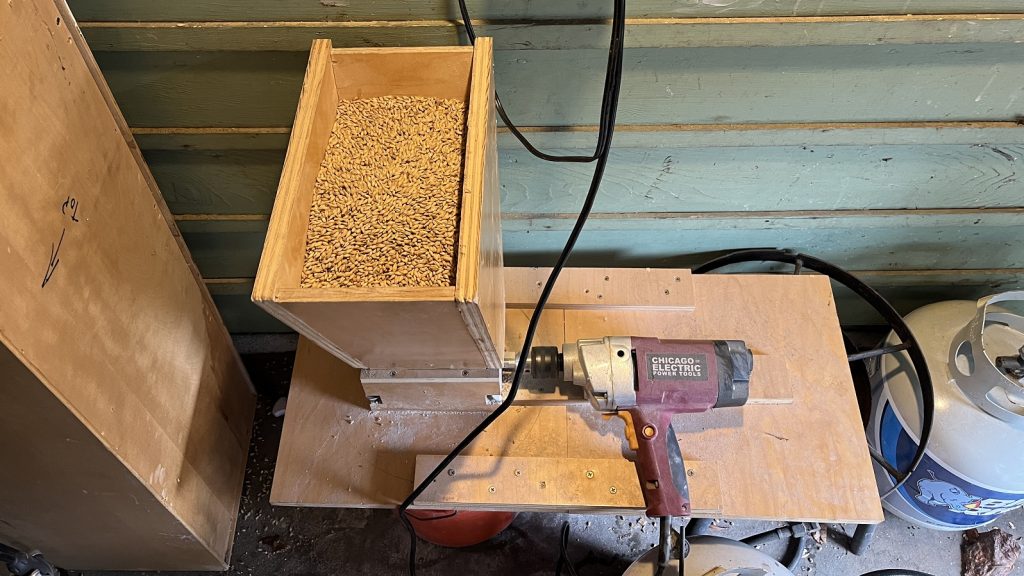
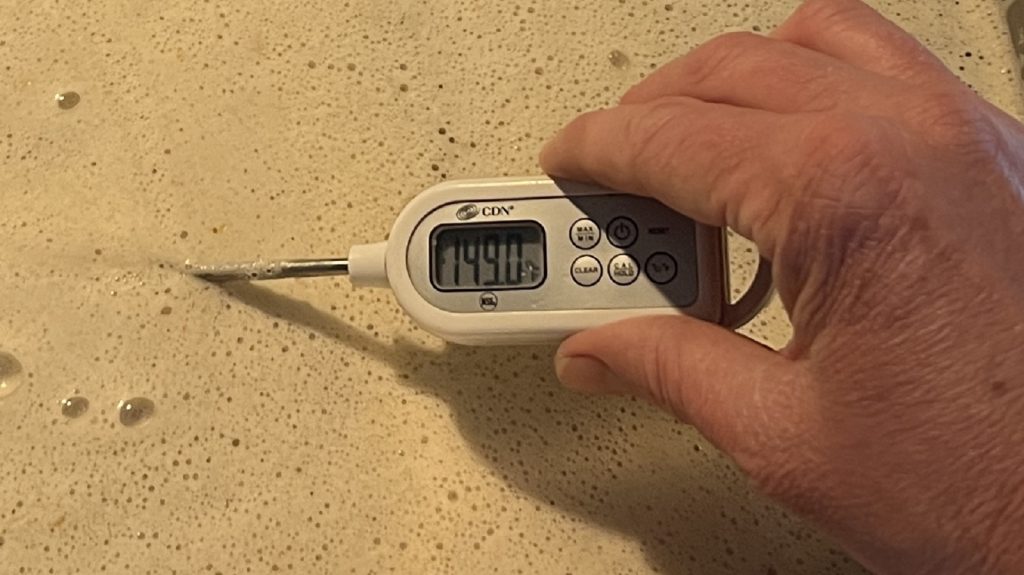
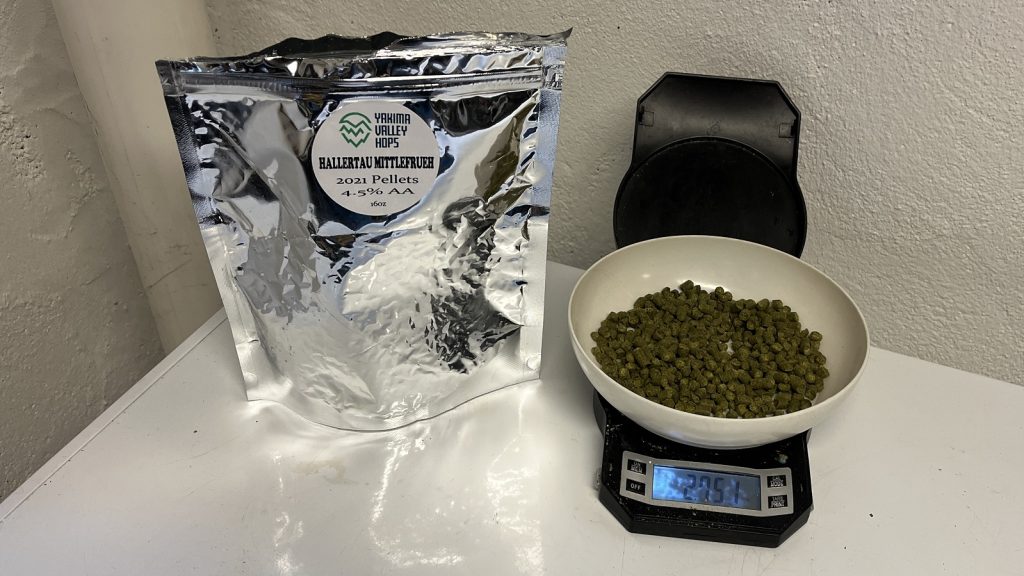
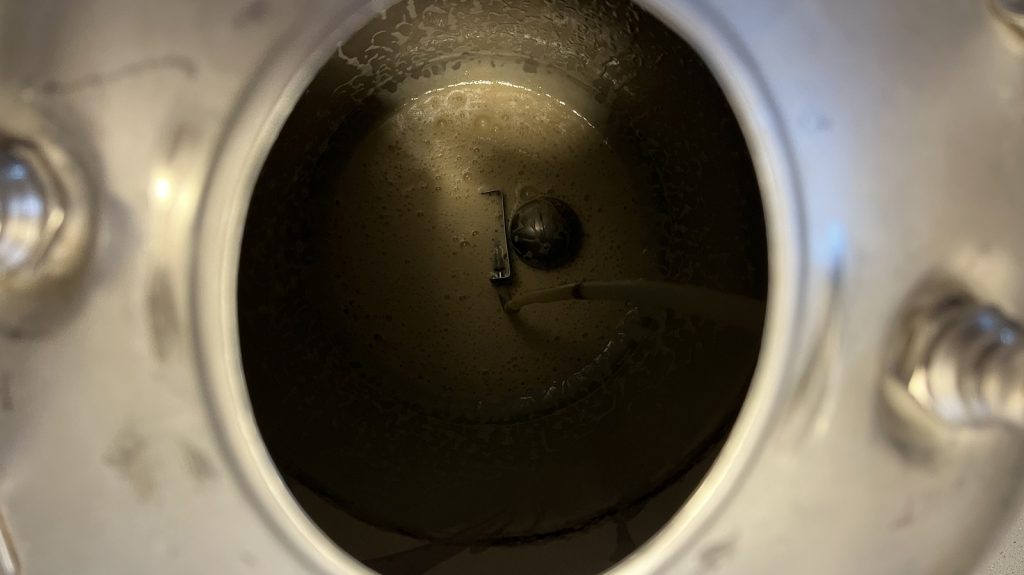
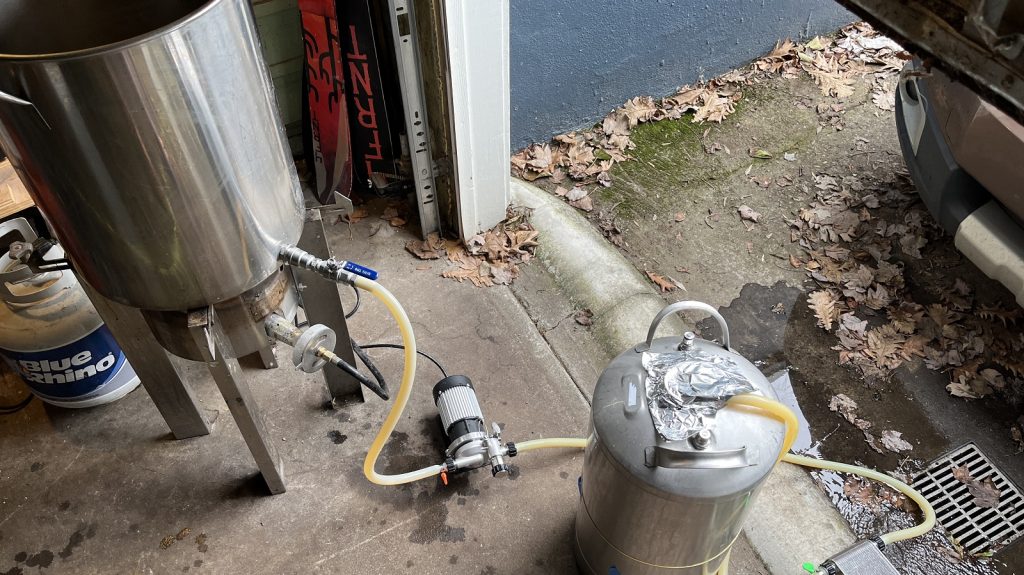
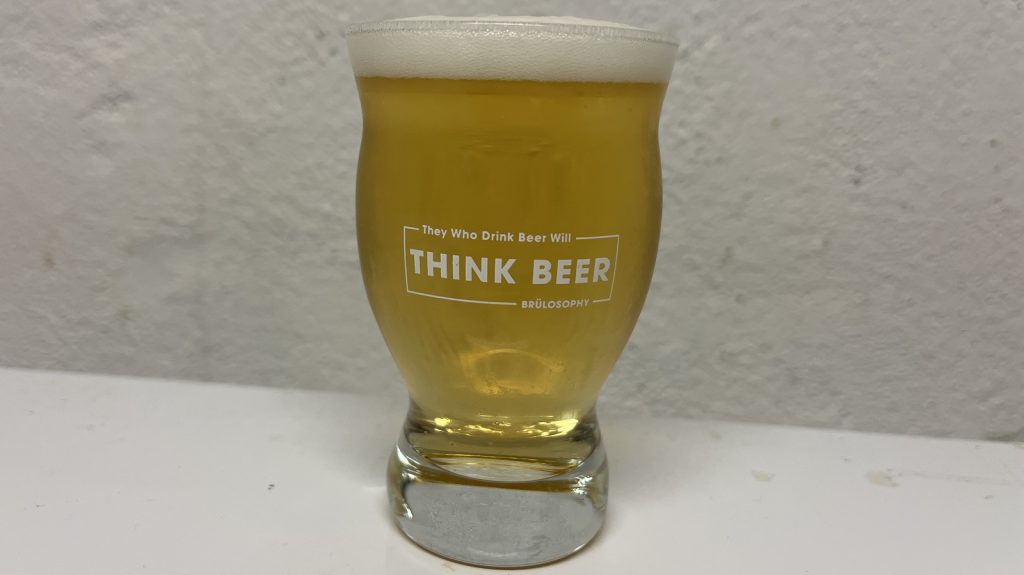
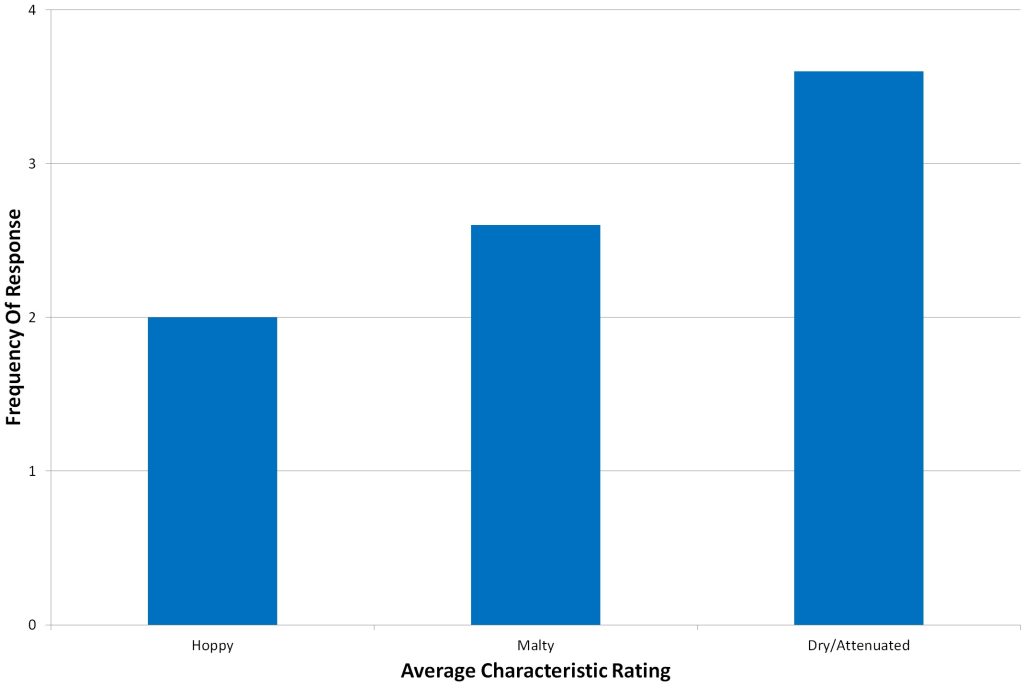
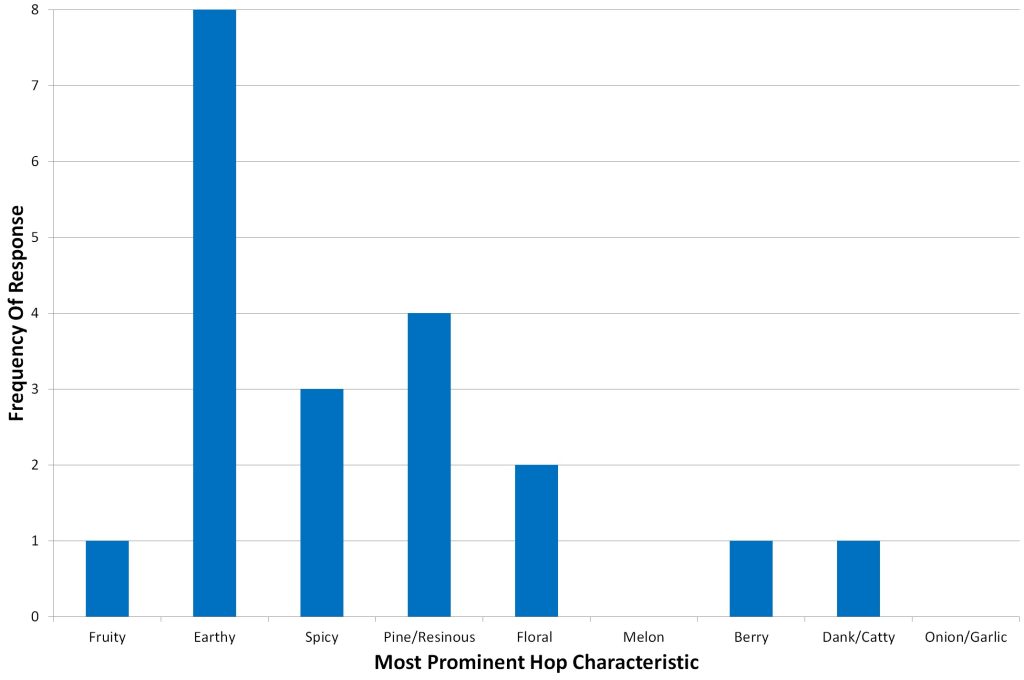
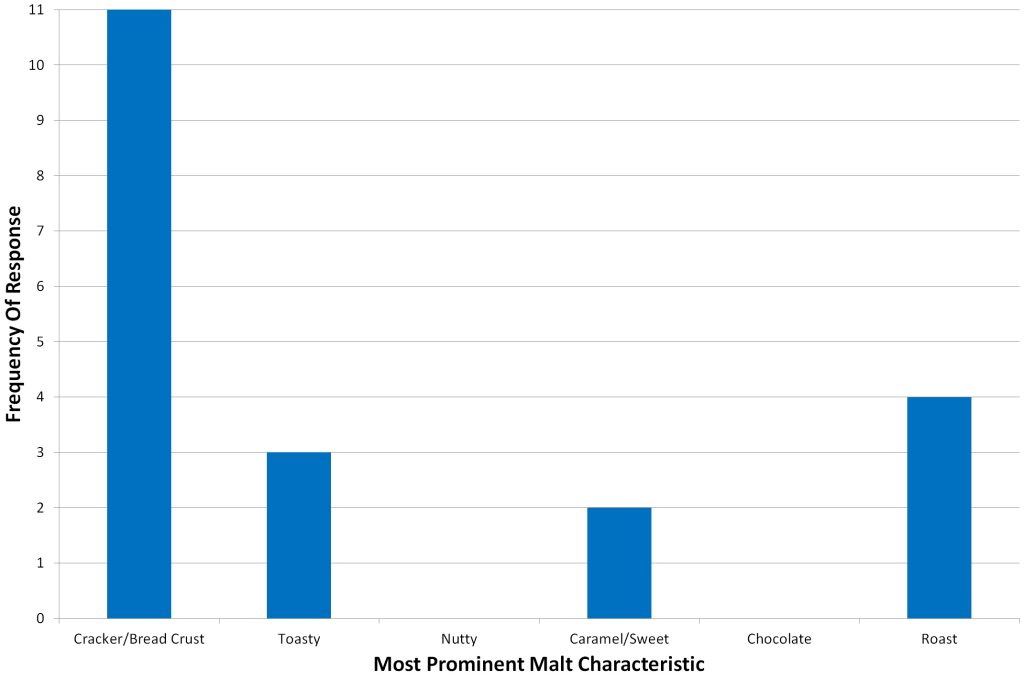
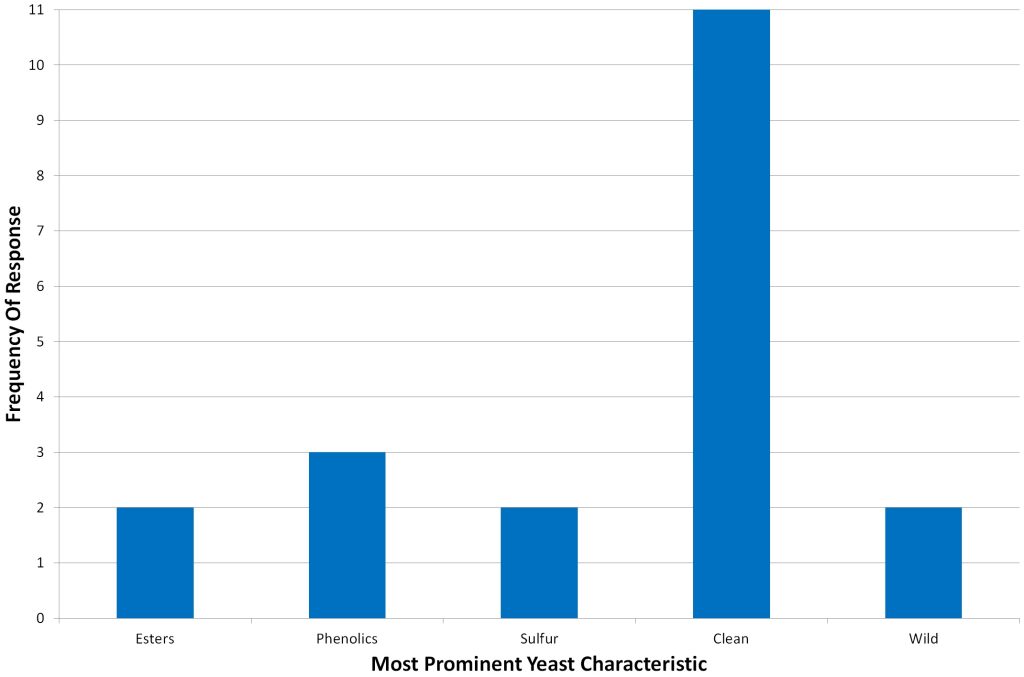
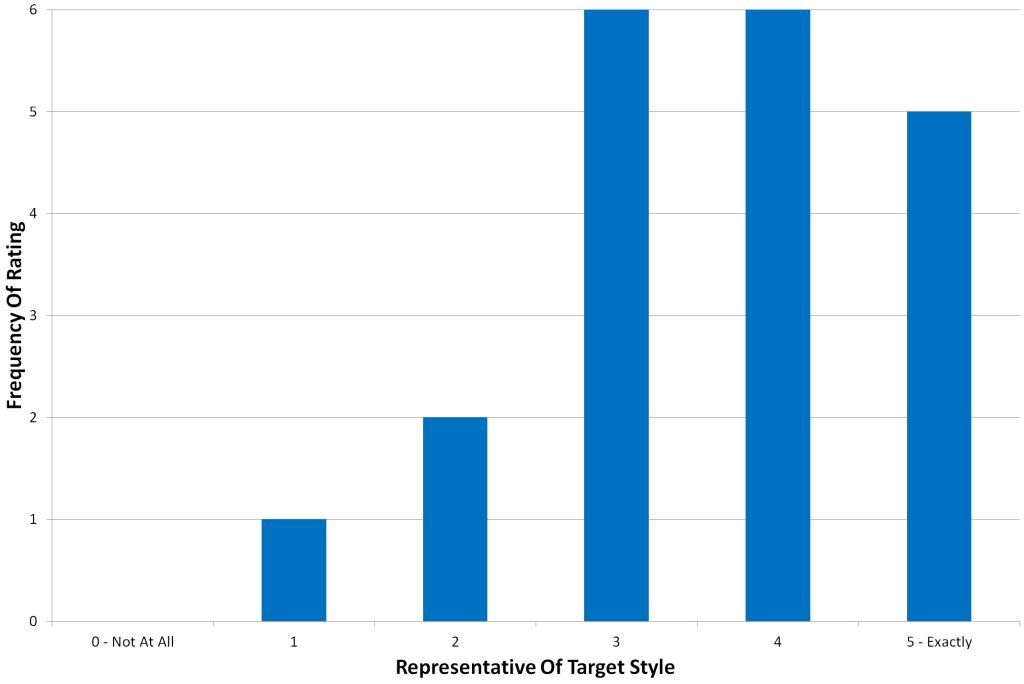
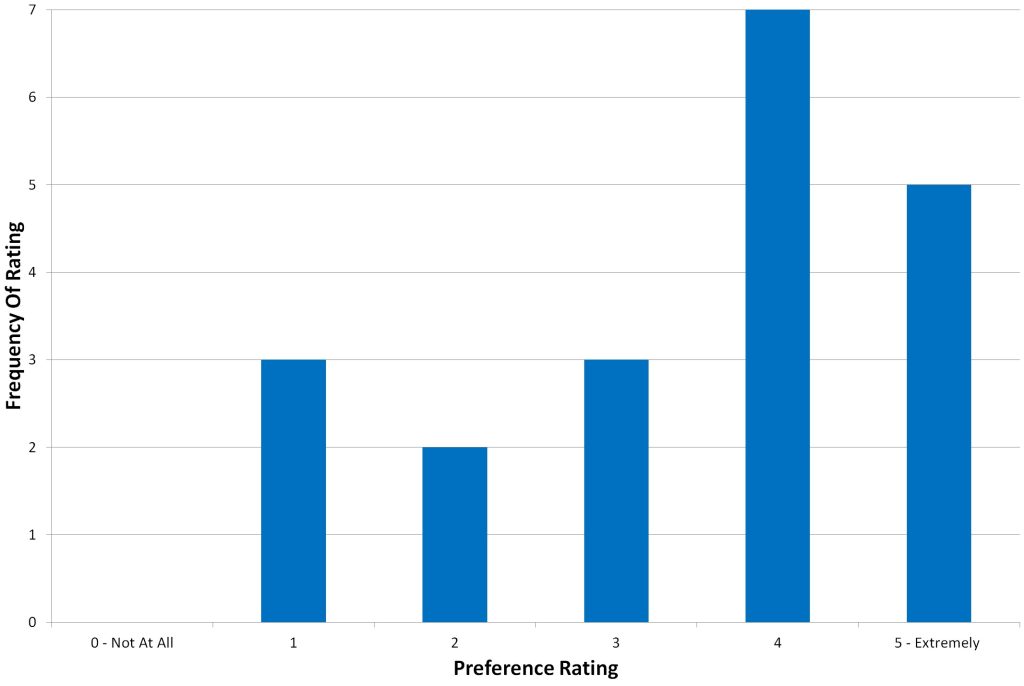











5 thoughts on “Short & Shoddy | Smoked Helles”
When you say the beer fermented in your 64 degree chamber, is that just the ambient in the chamber? Do you know what the temperature of the beer was? I only ask because my experience with fermenting on top of a prior yeast cake is that fermentation goes wild and fast and heats up way over ambient very quickly. After a few less-than-ideal experiences like that, I no longer think it’s worth the convenience of pitching on top of a prior cake. I’m guessing it was taking off so fast for me because it was an over-pitch of many magnitudes. Interested in your thoughts about that as well. Cheers!
I tape the temp controller’s temp probe to the side of the fermenter – when comparing it to my Tilt’s liquid temp reading, the two temperature readings tend to be the same or maybe 1°F off. I do not recommend pitching on entire yeast cakes, but I went with it given this was a batch that intentionally cut corners. I’m typically able to harvest about two batches worth of yeast slurry from a given fermentation (and I pitch on the higher side – I’m sure others would split the same slurry 3-4 ways).
Hey Jordan,
How much smoke did you get in the flavor of the beer…? Schlenkerla says they only use the yeast used in their Rauchbier Maerzen and no rauch malt, but if that is the case – I wonder if it is a big huge sloppy slurry that is repitched, and if they are getting more rauch malt in their Helles because of that…?
German Rauchbier is a style I like a lot and have brewed the Maerzen style of it several times. At least one time (and I think twice) I’ve pitched the yeast used in the Maerzen in a Helles to see if I get that smoke flavor in the Helles. Nope, at least not to my pallet. Maybe not enough rauch sloppy slurry was transferred…? Or maybe its a deal where the yeast needs to be conditioned to rauch malt over dozens of pitches…? I’ll probably brew a Rauch Helles style again, but put more Weyermann Beechwood Rauchmalt in it (like maybe 30% or so) – to make sure I get noticeable smoke flavor.
Anyhow, I saw that you liked your beer, but did not see where you thought there was any noticeable smoke in the flavor after repitching yeast used in a smoke beer previously.
I think it yielded an appropriate (“Goldilocks”) amount of smoke flavor for the style – not too much, not too little, just right. I will say that the smoke potency was more prominent on the first pint than the last. Notably, I did not rinse, wash, or even decant the yeast slurry – so there was indeed some small amount of fermented smoked beer in the slurry that fermented this subsequent batch. So my recommendation would be to make sure some of the fermented Rauchmalt beer makes it into your smoked Helles fermenter. In fact we have a recent xBmt that found most tasters could taste the difference between a clean Helles and one using a smoke-tainted yeast pitch: https://brulosophy.com/2023/09/11/exbeeriment-impact-fermenting-with-yeast-previously-used-to-ferment-a-smoked-beer-has-on-a-munich-helles/
Thanks for the link. Good info, and I appreciate your test on this subject too.
In the link to past experiment, he said “for this xBmt, I racked fresh wort onto an entire yeast cake”… And this would be a big help to get more smoke flavor in the Helles without adding Rauch malt. Some pro brewers do pitch on yeast cake at least some of the time. Maybe this is Schlenkerla’s secret with their Helles, as it certainly has a solid Rauch backbone…?